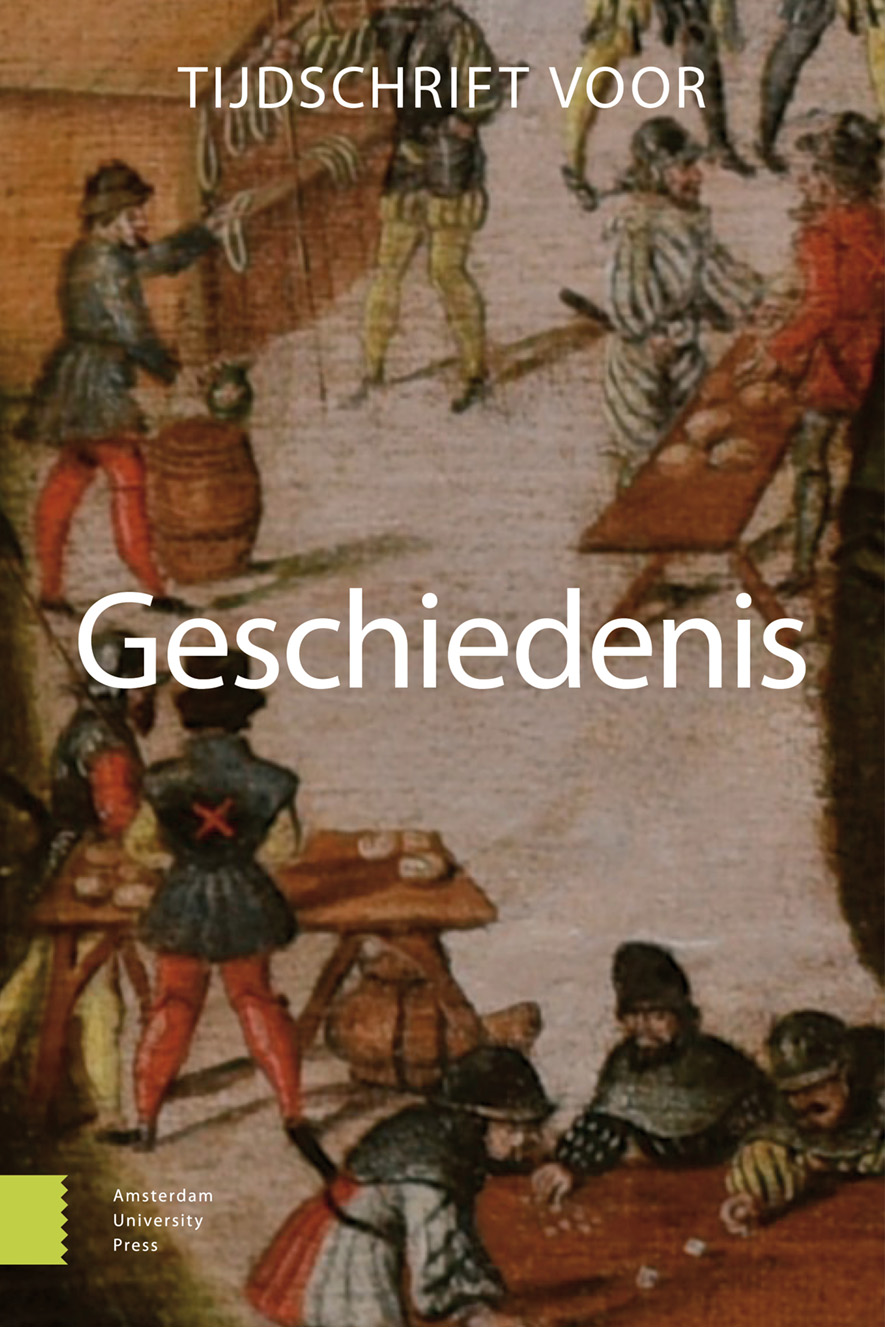-
oa Waddenzee wordt moordzee
De Kerstvloed van 1717 en de kwetsbaarheid voor stormvloeden
- Amsterdam University Press
- Source: Tijdschrift voor Geschiedenis, Volume 131, Issue 4, Dec 2018, p. 605 - 630
-
- 01 Dec 2018
Abstract
Murder in the Wadden Sea. The 1717 Christmas Flood and vulnerability to storm surges
On Christmas Eve 1717 the Wadden Sea was hit by the most deadly storm surge in the history of the North Sea area, claiming between 11,000 and 14,000 victims. In 1570, 1634, and 1686 the same region had also suffered exceptionally high numbers of casualties during storm surges, in striking contrast with other parts of the North Sea area. The lethal character of storm surges in this particular region and period remains to be explained. In this article the social bias among the victims is revealed, with cottagers and labourers being particularly exposed to the deadly impact of the storm surge. Unsafe living conditions, with people settling on low- lying spots or close to sea-walls, directly exposed people to an untimely death in a flood disaster. However, this article argues that the analysis of vulnerability should not stop there, but rather look for the root causes of vulnerability, which made people ignore obvious risks. In the case of the Wadden Sea flood disasters, social polarization, declining local access to political decision making, and the enclosure of common saltmarshes all contributed to an environment in which killer floods could occur. All too often disaster history fails to pay attention to the social profile of the victims. More attention on disaster victims could significantly improve our understanding of why some natural hazards turned into full-blown disasters, and others not.


